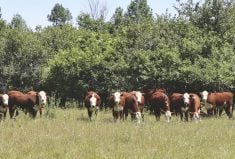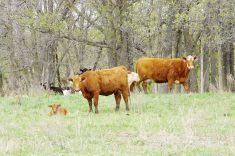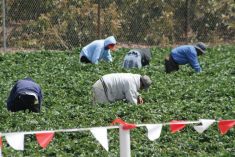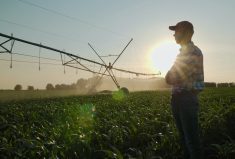Farming and food production will be changed as a result of climate change — but the how is a complicated question.
“Agriculture is a unique sector,” University of B.C. Professor Navin Ramankutty said earlier this month during this year’s edition of the Bentley Lecture in Sustainable Agriculture at the University of Alberta.
“Agriculture is a contributor to climate change, as well as a solution to and a victim of climate change.”
On the one hand, a warming planet means farming in more northern climes may get a boost, said Ramankutty, a Canada Research Chair whose work focuses on global agriculture and food security.
Read Also
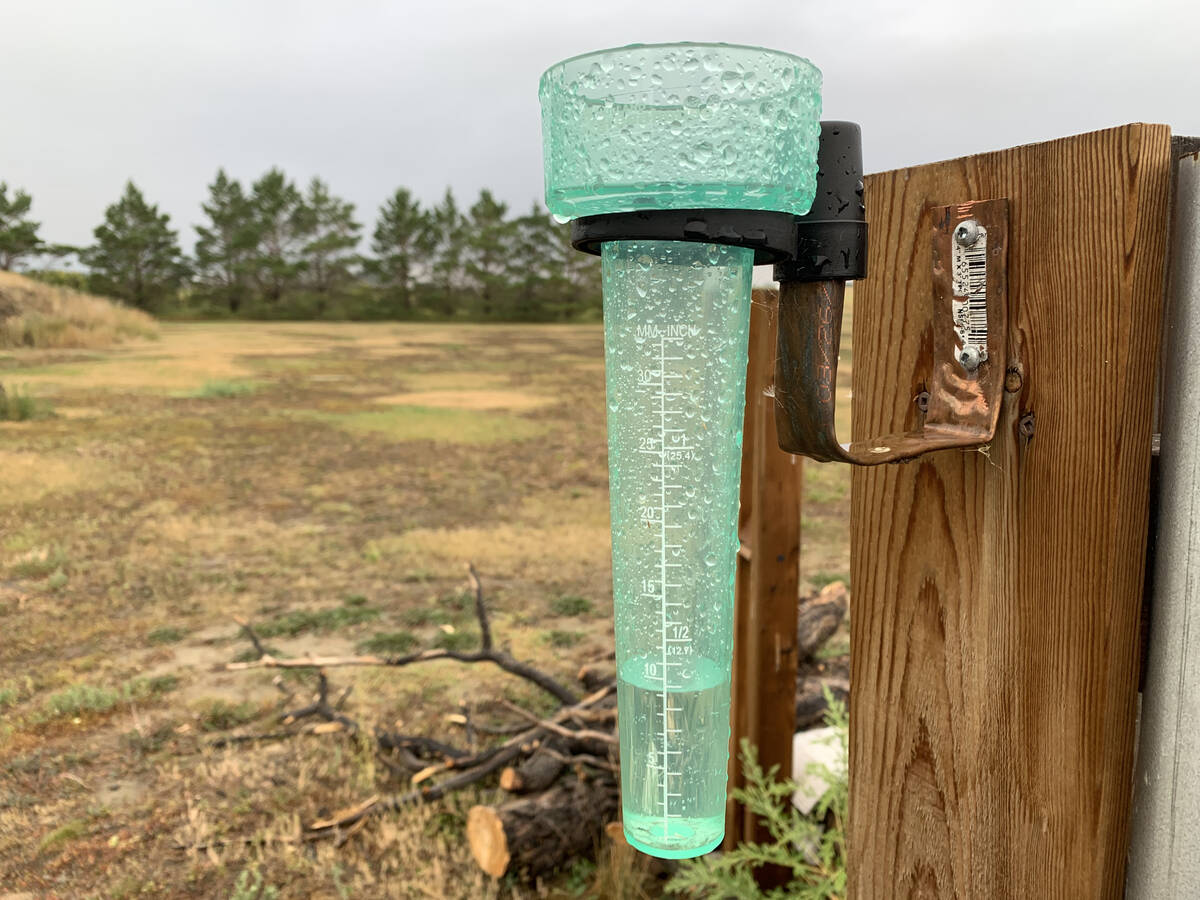
Western B.C., parts of Prairies received drought relief in October
Drought monitor for Western Canada for October
“In warmer regions like the tropics, crops might fail as it is too hot for them,” he said. “Colder regions may benefit because there might be fewer frosts and a longer growing season. Places like Canada and Russia may benefit from climate change.”
But a longer growing season doesn’t do you much good if growing conditions are poor, and there’s evidence that could be the case.
As temperatures go up, so does the rate of evapotranspiration, which means soil dries out more quickly. But overall rainfall doesn’t go up — although some places see more rain, others less.
Moreover, extreme weather is expected to occur more frequently, with drought and heat waves greatly affecting yields.
As well, warmer weather may not only mean more insect infestations but more severe ones.
“When it is warmer, pests are more active,” said Ramankutty. “I’ve said that crop production in the temperature zone might benefit from climate change, but so might the pests.”
Some research has estimated that for each degree of warming, yield loss because of pests would increase by 10 to 25 per cent.
These sorts of gradual changes may not seem important right now, especially if your focus is on this season’s crops, he said.
“If you’re a farmer, you’re not thinking about gradual changes in temperatures — it’s a frost or a heat wave that matters,” he said.
But hidden behind yield gains generated from better varieties and improved production practices are losses from a changing climate, he said.
“Just from 1980 to 2008, we’ve established losses of maize (corn) of about four per cent and wheat by about four per cent globally,” he said, adding rice and soy yields also fell during that time frame, but not as dramatically.
“Climate change is here and it’s already affecting crop production. This is not something of the future, this is something that is happening over the last 20 years.”
Using historical data and sophisticated modelling, climate researchers are trying to predict what might happen to crop yields in the future. One model predicts wheat and corn yields will drop by six to seven per cent for every degree the planet warms (with rice and soy losing two to three per cent of yield).
Some of those yield losses could be mitigated if farmers adjust seeding dates and use cultivars better adapted to warmer and drier conditions. That makes development of new cultivars key, said Ramankutty who has conducted a study looking at research and development funding and yields. He argued there is “a need for increased investment in some of the publicly funded crops like wheat.”
His research also looks at how agriculture on a global scale affects the environment. While that, too, is a complicated matter, there’s no doubt it does have a major impact.
For example, agriculture is a major contributor of the loss of biodiversity globally, he said.
“Sixty per cent of the threat to birds is due to habitat loss,” he said, adding agriculture is also the biggest consumer of water on the planet.
There is no silver bullet that will solve agricultural problems created by climate change, but farmers should be thinking about management practices that preserve the environment, Ramankutty said.
There are multiple methods of practising agriculture, and farmers may be able to mitigate some of the problems by making adaptations or adopting climate smart practices, which increase productivity while maintaining economic and environmental standards, he said.






